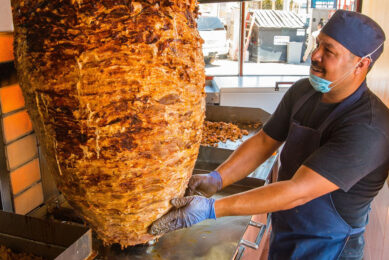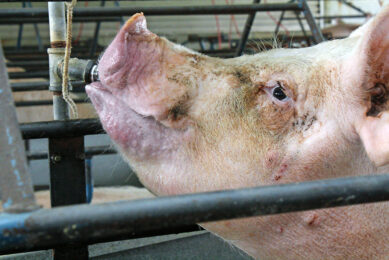Romanian pig numbers will rise again

The number of pigs in Romania will be increasing in 2006 and 2007. This prediction is made by the United States Department of Agriculture (USDA) on the basis that the number of pigs will eventually benefit from investments, after years of decline.
The department’s Foreign Agricultural Service recently presented a livestock review on the Eastern European country, entering the EU zone from January 1st, 2007, together with Bulgaria.
Changes
Since the country gained certainty about its EU accession last week, significant structural changes will be on their way. The USDA report says “abundant local corn production and still-cheap labour can be key to the sector’s competitiveness.”
In the beginning of this year, the report says, Romania’s pig herd reached a new low at 4.85 million head (down 1% from the previous year), mainly attributed to the reduction in sow numbers, in particular the reproduction stock in the last couple of years.
Problem
The quality of domestic pork remains a problem for the country. The report concludes that “the majority of the pig herds (81% in 2005) are held in individual households, with deficient feeding and husbandry practices, and generally poor genetics.”
As a result, for the second year in a row, pork was Romania’s top agricultural import in 2005 (almost $400 million).
Related website:











